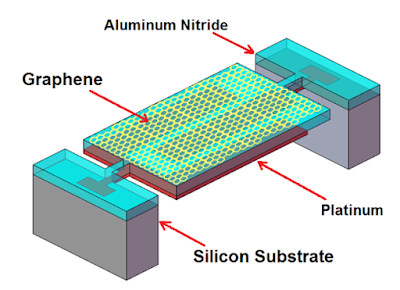Sand mould casting is widely used in industry to make from small items to large items and from very simple items to complex items. Sand casting is used for both ferrous and non-ferrous materials. Sand is used to make molds and a small amount of clay and water is added to improve bonding grains and cohesion and mold-ability. Mold is usually made in two pieces.
Figure 1: Sand Mold Casting
Pattern
The required shape on the top and bottom halves of a sand casting mould is prepared by patterns. Patterns approximately duplicate the casting shape. A pattern provides the required shape of the product and sand is packed around the pattern. When removing the pattern, the mould cavity can be shown to pour liquid materials.
Core
The core is used to place into a mould cavity to form the interior surface or features of the castings.
Flask
This is used as a frame to hold the moulding material. This is a rigid wood or metal frame.
Cope
This is the top half of the mould or core of a two-part mould, flask and pattern.
Drag
This is the bottom half of the mould or core of a two-part mould, flask and pattern.
Mold Cavity
Riser
The riser is also used as a reservoir of liquid material. Liquid material in the riser flows into the mould cavity to compensate for any shrinkages.
Gating system
A gating system is used to deliver the molten material to the cavity. A gating system is a network of connected channels.
Vent
This is an additional channel to remove gasses which are in the cavity or generated during the pour.
Parting line
The parting line is the interface between the cope and drags halves of the mould, core or pattern.
Sprue
The vertical portion of the gating system.
Choke
This is the cavity which is located at the base of the sprue. This allows to flow of liquid material smoothly into the casting cavity.
Runners
Horizontal channels are called runners.
Pouring Basin
The top of the sprue is made large. This is
called pouring basing to ease the pouring of liquid material without spilling.
After solidifying the liquid material, if the mould is broken remove the cast item. Therefore, a new mould is needed for each
casting. Therefore, sand casting is an Expendable casting process.








Follow Us